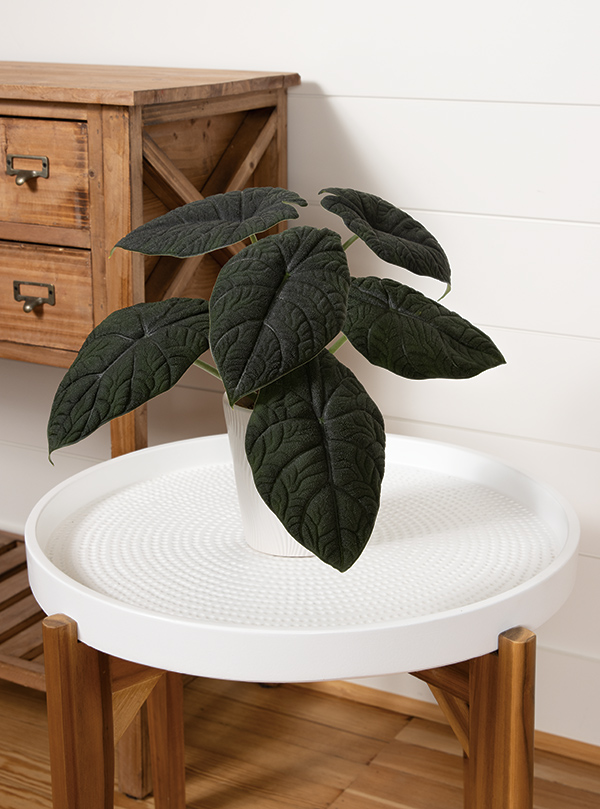MEET THE 2024 HOUSEPLANT OF THE YEAR™ – MYTHIC™ DRAGONITE™ALOCASIA
Top 3 reasons to grow Mythic® Dragonite™ Alocasia
Top 3 reasons to grow Mythic® Dragonite™ Alocasia
IT’S HIGHLY COLLECTIBLE
You’ll love to show off this enchanting jewel alocasia in your houseplant collection.
IT’S SO TOUCHABLE!
The thick, rumpled texture of Mythic Dragonite just begs to be touched. So, go ahead and pet this dragon – we promise it won’t bite!
THIS TIDY HOUSEPLANT FITS ANYWHERE!
The smaller form and tidy nature of this jewel alocasia makes it easy to fit on your bathroom vanity, desktop or kitchen island.
The tantalizing texture of this jewel alocasia makes it one of the most unique Proven Winners houseplants you’ll own. Plus, it’s smaller, tidy nature and lower light tolerance makes it easy to display on your desk or countertop where you can appreciate all of its distinctive wrinkles and veining up close.
We Promise It Won’t Bite!
Feast your eyes on this enchanting jewel alocasia that looks as if it was plucked out of the deepest, darkest reaches of the earth. The deep olive green to near-black, shield-shaped leaves of Mythic® Dragonite™ jewel alocasia are thick and wrinkly in texture. One touch and you’ll agree it feels like you might imagine the reptilian skin of a real life dragon to be. It’s a collector’s plant that everyone will want to know – where did you get that?! This well-behaved alocasia doesn’t need much room to thrive and won’t be continually dropping leaves. That makes it perfect for perching on the corner of your desk or bathroom vanity near a window where it will receive bright ambient light and some humidity.
|
|
PLANTING YOUR HOUSEPLANT
|  |
CARING FOR YOUR HOUSEPLANT
SUNLIGHT
|
WATER
|
| PLANT FOOD
|
| PEST MANAGEMENT
|






